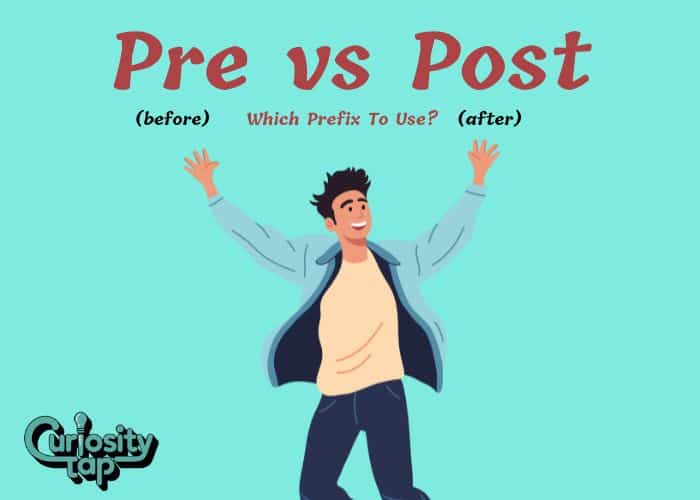Choosing between company-wide and companywide often leaves professionals second-guessing their writing. Is the hyphen still required? Or has modern usage evolved toward the closed form?
If you’ve ever paused mid-email or while drafting a company policy, you’re not alone. This guide untangles the hyphen rule, explains when to use each form, and ensures your writing stays professional, polished, and consistent.
Why the Hyphen Debate Matters
Clarity in professional communication isn’t just about grammar it’s about credibility. Small differences, like whether to hyphenate, can affect:
- How polished your emails and reports look.
- Whether documents align with style guides.
- Reader confidence in your authority and attention to detail.
Language evolves, and the company-wide vs companywide debate is a perfect example of modern English shifting toward streamlined forms.
Company-wide vs Companywide: Which Is Correct?
The short answer: Both are technically correct, but context, formality, and style guide preferences determine which one you should use.
1. Traditional Preference: Company-wide
Historically, the hyphenated version has been more common. Dictionaries such as Merriam-Webster still list company-wide as the primary form (Merriam-Webster, 2023).
2. Modern Shift: Companywide
Increasingly, closed compound words gain acceptance over time. Think “email” (once “e-mail”) or “website” (once “web site”). Likewise, companywide is showing up more frequently in corporate and media writing.
Style Guide Recommendations
Associated Press (AP) Style
AP currently favors companywide without the hyphen, in line with its trend of simplifying compound words.
Chicago Manual of Style (CMOS)
Chicago is more flexible, acknowledging that both forms are acceptable but suggesting consistency throughout a document.
Academic vs Corporate Usage
- Academic and formal publishing: Hyphenated form is still common.
- Corporate communication: Non-hyphenated form is increasingly popular, especially in internal memos, newsletters, and HR documents.
Also Read:
Challenge or Challange: Correct Spelling & Usage Explained
Usage or Useage: Which Is Correct and Why?
Potatoes or Potatos: Correct Spelling And Usage Guide
Shiny or Shiney: Which Spelling Is Correct?
Long Term or Long-Term: Right Decision In Writing
Real-Life Example: How a Fortune 500 Handles It
When a Fortune 500 company launched a companywide initiative to improve remote work culture in 2022, its HR team faced a debate over wording.
Internal communications staff initially used “company-wide” in handbooks, while marketing preferred “companywide” in press releases. The inconsistency confused employees and external readers.
The resolution? A style guide update that standardized “companywide” across all platforms. This move not only improved consistency but also reduced editing time by 15% across departments, according to the company’s communications manager.
This case shows how choosing one standard and sticking to it saves time and strengthens brand clarity.
Quick Checklist: Hyphen or Not?
| Scenario | Recommended Form | Why |
|---|---|---|
| Formal academic paper | Company-wide | Traditional, formal tone |
| Internal corporate memo | Companywide | Matches modern usage |
| AP Style writing | Companywide | Aligns with AP guidelines |
| Legal/contract documents | Company-wide | Maintains clarity & formality |
| Consistency across platforms | Pick one and stick with it | Prevents confusion |
Pros & Cons of Each Form
Company-wide (Hyphenated)
Pros:
- Matches dictionary listings.
- Safer choice for formal documents.
- Instantly clear to readers.
Cons:
- Can look old-fashioned.
- May clash with modern style guides.
Companywide (Closed Form)
Pros:
- Simple and modern.
- Aligns with evolving usage (like “email”).
- Matches AP Style.
Cons:
- Still considered secondary in some dictionaries.
- May be marked “incorrect” by grammar checkers not updated to latest usage.
FAQs: People Also Ask
Is “company-wide” outdated?
Not entirely. It remains widely used, but modern trends lean toward the closed form.
Which is more common in business writing?
Recent corporate communications increasingly favor companywide for simplicity.
Does Microsoft Word accept “companywide”?
Yes, though earlier versions flagged it as a spelling error. Current versions recognize both.
Should I use the same form in emails and reports?
Absolutely consistency is key to professional communication.
What about other words like “nationwide” or “schoolwide”?
Similar pattern: once hyphenated, now widely accepted in closed form.
Conclusion: Making the Smart Choice
Both company-wide and companywide are correct, but your choice should align with your audience and organizational style. If your company or industry has a style guide, follow it.
If not, adopt one form consistently. In most modern business contexts, companywide feels fresher, cleaner, and better aligned with evolving English.
Call to Action
Want to sharpen your English and write successfully every time?
Check out our Grammar Checker Tool and never second-guess your spelling again!
Read our guide on Common English Misspellings to boost your skills even further.
Sources List
Sources:
- Merriam-Webster. (2023). Company-wide. Retrieved from https://www.merriam-webster.com
- Associated Press Stylebook. (2023). AP Style Guidelines. Retrieved from https://www.apstylebook.com
- Chicago Manual of Style. (2023). Hyphenation Rules. Retrieved from https://www.chicagomanualofstyle.org
Read more knowledgeable blogs on Curiosity Tap
Is this article helpful?

Jackson Pearson is a passionate educator and language enthusiast behind the blog Jackson Pearson. With years of experience in teaching and writing, he specializes in simplifying complex grammar rules, breaking down tricky vocabulary, and crafting learning guides that are both engaging and practical. His mission is to help readers boost their English skills whether they’re beginners or brushing up for fluency. Through every article, Jackson brings clarity, structure, and a spark of curiosity to the world of English learning.



